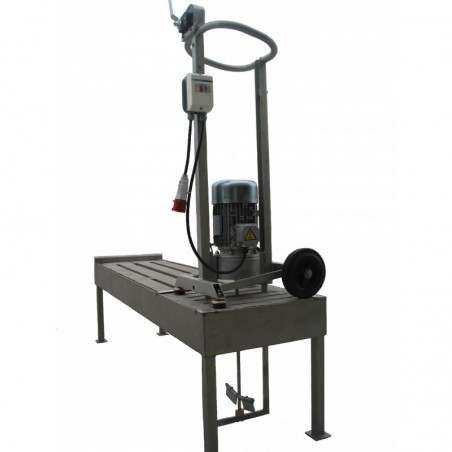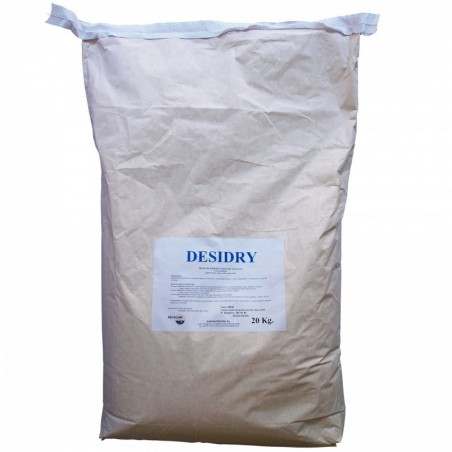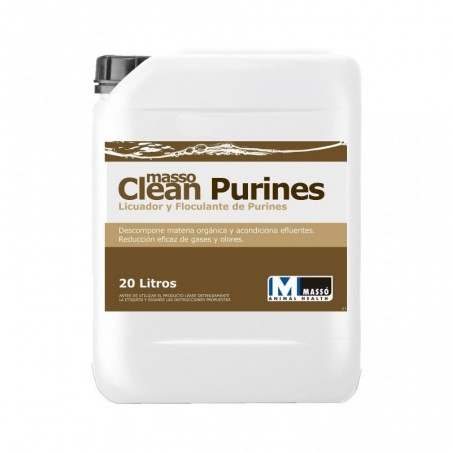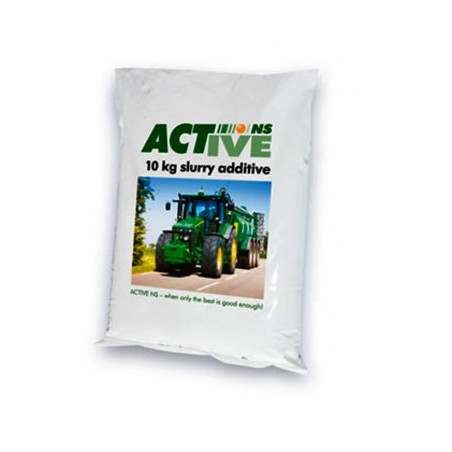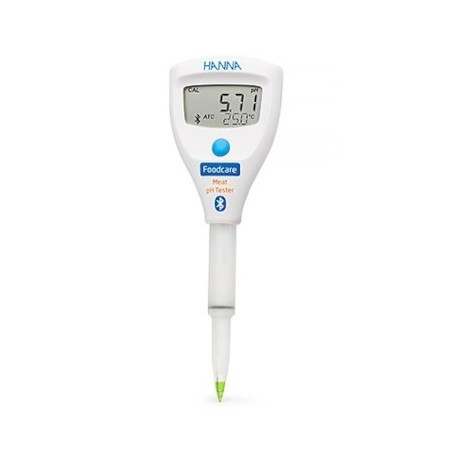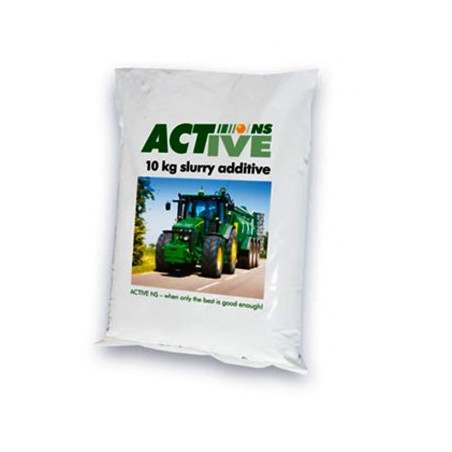I grew up on an Iowa swine farm. My training was both in human medicine and environmental health and veterinary medicine. After working in swine medicine, I was attracted to academic work where I have had a 40 year career as a professor.
My first human health call involved a father and two sons (ages 21 and 18) who were working to empty a liquid manure storage pit. The father had climbed down the pump lowered into the pit to see why it had stopped working. In a matter of a few minutes, he fell off the pump and collapsed falling to the bottom of the pit. His two sons followed the father into the pit to rescue him. They also fell unconscious into the pit. The wife and mother found them laying in the bottom of the pit. The emergency rescue recovered the bodies, wearing their self-contained breathing apparatus (SCBA).

The mother and wife was devastated. Her nuclear family wiped out in a matter of a few minutes. She wailed “How could this happen? Please find out what caused this, so that we can prevent this from happening to another family”. I lowered the gas measuring equipment into the pit at the level of the manure and found minor – non-lethal concentrations of hydrogen sulfide (H2S), ammonia (NH3), and Methane (CH4). But when we engaged the repaired pump, within seconds, the level of H2S jumped up to a thousand parts per million, four times the lethal concentration. However, the concentrations of the other gases raised only slightly.
The year was 1974. This incident was the first of its kind investigated and reported. This event drove me to find out how these things happen and what could be done to prevent them. Over the next 20 years, we investigated over 20 such incidents where producers, workers as well as pigs have died. Since that time and along with others, have researched the problem, published numerous articles, and given talks to pork producers around the world. Although the prevalence of these incidents has decreased over time, the risk still remains and illnesses and fatalities from manure gases still occur. Prevention is having the knowledge of how poisonings happen, and application of science-based prevention protocols.
Here is what we know:
- These incidents are completely preventable.
- H2S is by far the primary cause of these sudden illnesses and fatalities.
- Liquid manure (swine or cattle) in deep anaerobic (lack of oxygen) storage, contains sulfur which certain bacteria use as a substitute for oxygen. They produce H2S as an end product.
- H2S at high concentrations (250 ppm and above) is a strong irritant. It is toxic to living tissue, by stopping the energy supplying reactions in the tissue cells. The brain is highly susceptible to these toxic effects.
- High concentrations of H2S in the work environment, are most common when the manure in deep pits is agitated in a confined space (e.g. a pit, manure tank, inside a building etc.).
- People exposed to high H2S concentrations may collapse unconscious and stop breathing in a matter of seconds. In addition, their lungs might fill up with fluid because of the irritant nature of the gas, and their red blood cells may be blocked with the H2S so that it does not carry oxygen.

- The more agitation the more rapidly the gas comes off. Usual ventilation in a hog barn (even with pit ventilation) is not designed to produce a safe environment during agitation and pumping.
- Other gases that may be present (CH4, and NH3) do not cause sudden toxic incidents. However, CH4 is flammable and explosive in high concentrations. The more recent foaming of pits has elevated this latter hazard.
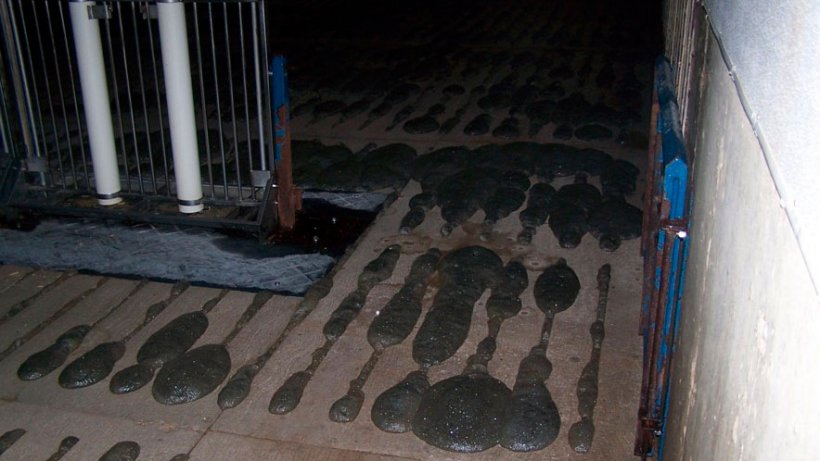
Photo 2: Foaming of slurry pits. - All pits are not the same; some are more hazardous than others. But predicting which are at high risk of danger is not certain. However, high concentrations of Hydrogen sulfide gas in liquid manure have been associated with high sulfates in the water, high use of dried distillers grain with soluble (DDGS), acid condition (low pH) of the slurry, use of gypsum, wall board in bedding (mainly dairy), and other unknown factors.
Here is what we know to prevent these incidents:
- Never be inside a building when agitating/pumping.
- Make sure ventilation is on full.
- Shut off sources of ignition (e.g. area heaters etc.).
- Make sure no people are down wind when pumping outdoor pits.
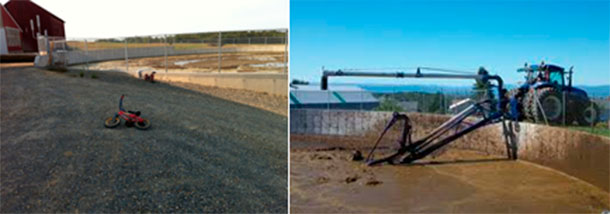
Photo 3: Two boys aged 2 and 4 were found unconscious near the manure tank when the pump was on. - Agitate minimally while observing the swine from outside. Stop agitating if the swine appear restless and agitated, or even go down.

Figure 4: Caution when agitating or pumping. The workers survived this incident but the pigs did not. - Acquire an H2S meter and measure the concentration before and while pumping. (Measure while outside the building using an extension hose).
- Before pumping, place a pH paper on a stick and poke it down into the manure at least two feet. If it is acid (pH 4 or lower) there is an increased risk of high concentrations of H2S may develop with agitation. The pH of the pit may be raised by adding slaked lime.
- Never enter a pit without proper rescue harness and pulley system to rescue a person should they get into trouble. At least two people should always stay outside the pit so they may pull the person out if needed.
- Make sure that grates that cover the pits are in place at all times, properly secured so they do not fall into the pit.
- Establish a protocol using these facts for your operations, and make sure all workers are trained and practice these protocols.
- For more information;
- Agricultural Medicine, Donham and Thelin, Wiley 2016, pp 127-136, 534-539,
- Beware of Manure Pit Hazards
- Gas Monitors For Consideration in Swine Barn Activities




